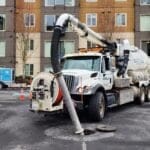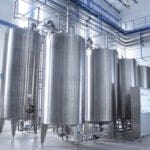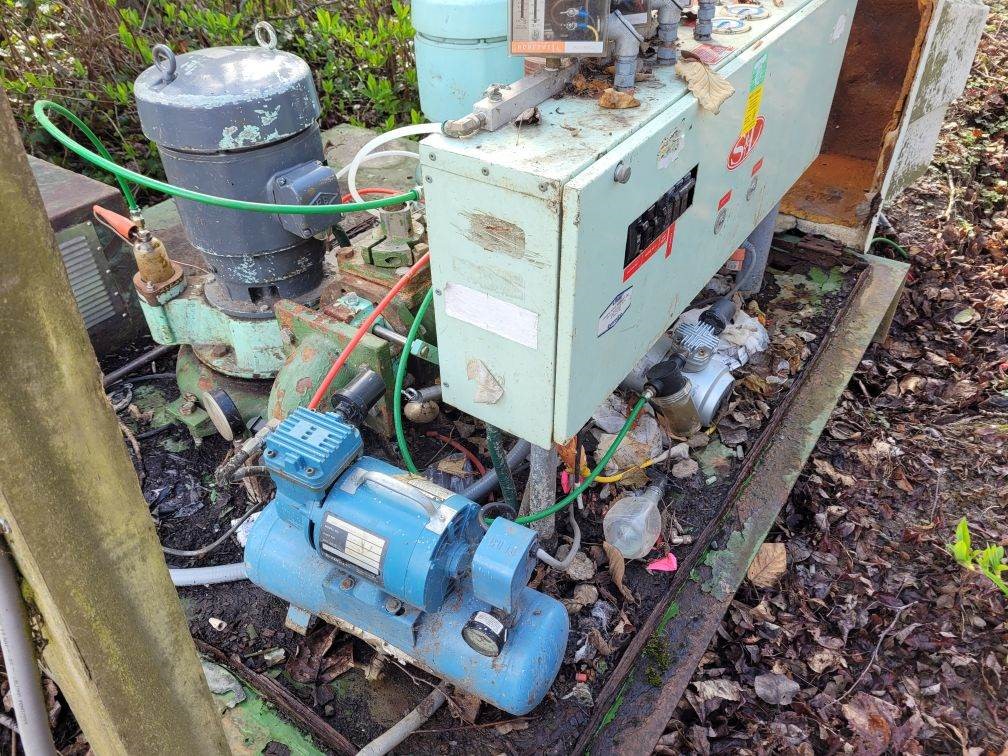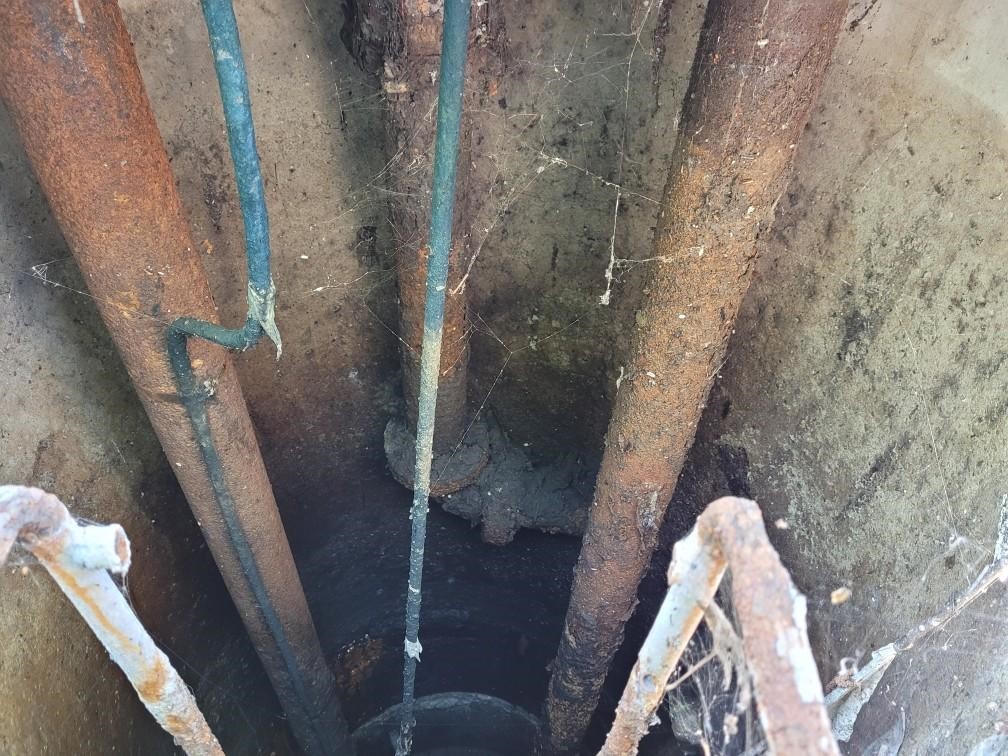Blaine, Wash. Lift Station Replacement
Private
Blaine, Wash. |
Real Estate |
Lift Station Management
Overview
AQUALIS’ team of lift station professionals was able to work with property managers to install updated lift station components to optimize function and allow for greater ROI.
Problem
A resort in Blaine, WA was going through a large site-wide remodel, evaluating and updating their water management assets, including their two lift stations. AQUALIS’ lift station experts were called to inspect the condition of the two above-ground sanitary lift stations.
Upon inspection, the AQUALIS team determined that both lift stations were nearing the end of their life cycle. Although the site was not currently facing severe issues such as facilities shutting down or backups, the aging infrastructure was severely out-of-date and presented signs of improper maintenance and repair in the past. Should the system continue to function as-is these conditions are expected to continue to worsen due to the age of the lift stations, putting the site at risk of costly repairs and possible sudden failure.
The functionality and visual inspection indicated the lack of routine preventative maintenance for the system. Preventative maintenance extends the lifespan of lift stations when implemented after installation. Implementing preventative maintenance extends the life of systems and reduces sunk costs accrued by a single system before replacement is required through mitigating costly system failures and emergency services and damages that can result from a failure.
Additionally, the site presented a unique challenge as the current system was an above-ground lift station configuration. Above-ground lift station structures present specific difficulties when installed in cold climate regions, specifically at this site in Washington state. The main cause of concern is the necessity of a heater in combination with the pump to combat freezing winter temperatures. To keep the system functioning properly, heaters need to be in operation nearly nonstop in the wintertime as these structures are rarely insulated. Heaters are used to prevent any water from freezing in the pipes, potentially breaking the discharge piping or causing a backup. If the heater goes out for even a short period of time, it can be detrimental to the station.

Before

After
Solution
AQUALIS worked with the facility manager to determine a course of action that would best suit the property and its needs while remaining within budget. Through thorough discussion, AQUALIS lift station experts and the facility manager concluded that a full system overhaul on both stations would benefit the property and provide additional return on investment (ROI) opportunities. Despite requiring larger upfront costs, replacing the severely outdated and previously unmaintained systems would provide ROI as opposed to continual repairs and potential failures due to the aging infrastructure.
On top of preferred long-term investment costs, replacing the lift stations allowed for unsightly above-ground systems to be swapped with below-ground submersible systems that are more secure, easier to maintain and control and offer more reliable services throughout the winter. Submersible systems prevent the concern of freezing pipes, weather damages or unsightliness that above-ground systems possess. While above-ground systems are an ideal option for site locations where the weather never gets below freezing and there is ample room for the structure, AQUALIS recommends a submersible system at sites where below ground is ample.
The setup of two systems or pumps on site allowed for one removal and replacement to be executed at a time, allowing the system to remain operational and reducing interruption to guests. All components, including piping, were replaced with updated components including flange kits and guide rails that allow for easy access to the pumps during maintenance and inspections. One unforeseen hurdle that arose was the conical base of the first lift station. Due to the system being in full operation at the time of the initial evaluation and the original design plan being unavailable, the tapered bottom was not identified until the system was shut down for repairs. Expecting a footprint approximately 48” in diameter, the station presented a mere 23” diameter workspace. AQUALIS master technicians were able to devise a plan to get the two pumps, bases, and discharge piping to fit comfortably within the well without affecting any of the station’s functionality.
The first lift station installed, properly identified as Station #1, was also unique in that it had single-phase power coming in but would require a three phase to operate the new pumps. This is not uncommon, but instead of replacing the control panel with a standard panel containing built-in capacitors, AQUALIS suggested using a VFD Smart Controller. The VFD panel converts the incoming power to three-phase and can be adjusted depending on the power requirements of the pumps. This eliminated the worry of blowing capacitors, thus losing all pumping ability in the station which is a frequent failure in sanitary setups. Lift stations are highly complex systems with professionals requiring techniques of both plumbers and electricians as evident in this case study. AQUALIS’ lift station specialists are trained and certified delivering attention and root-cause analysis to ensure the proper functionality of the system and design adequate to the site.
Upon completing the installations, lift station professionals at AQUALIS presented a complete lift station maintenance plan to extend the life of the new systems. Experts in the plumbing and electrical requirements of lift stations, as well as well versed in local lift station regulations, implementing AQUALIS’ custom lift station maintenance plan will ensure this site remains within compliance while mitigating failure and costly emergency repairs.
Addressing aging infrastructure either with rehabilitation or complete restoration with a preventative maintenance plan ensures your lift station assets are both protecting your property, mitigating backups that would interrupt guests, clients or customers and reduce the need for frequent emergency services. Contact AQUALIS to learn more about our comprehensive lift station maintenance, inspection, retrofit, repair and installation services and discover the best solutions for your property.
 Kenosha, Wis. Highway KR Regenerative Stormwater ConveyanceThe Root-Pike Watershed Initiative Network Kenosha County, and others worked with AQUALIS to design and implement an innovative solution for stormwater control along Highway KR.
Kenosha, Wis. Highway KR Regenerative Stormwater ConveyanceThe Root-Pike Watershed Initiative Network Kenosha County, and others worked with AQUALIS to design and implement an innovative solution for stormwater control along Highway KR.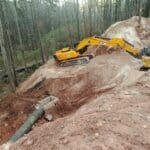 Durham, N.C. Sinkhole Leads to Stormwater System RehabilitationThe tenant on this property noticed a depression that opened to the ground below and notified the property owners.
Durham, N.C. Sinkhole Leads to Stormwater System RehabilitationThe tenant on this property noticed a depression that opened to the ground below and notified the property owners.